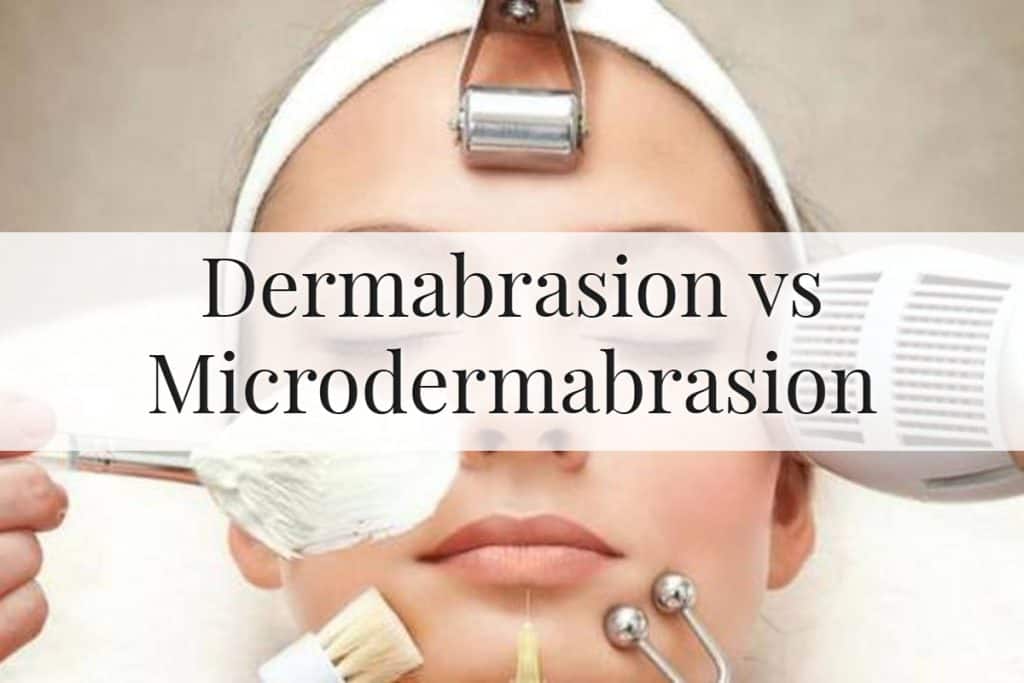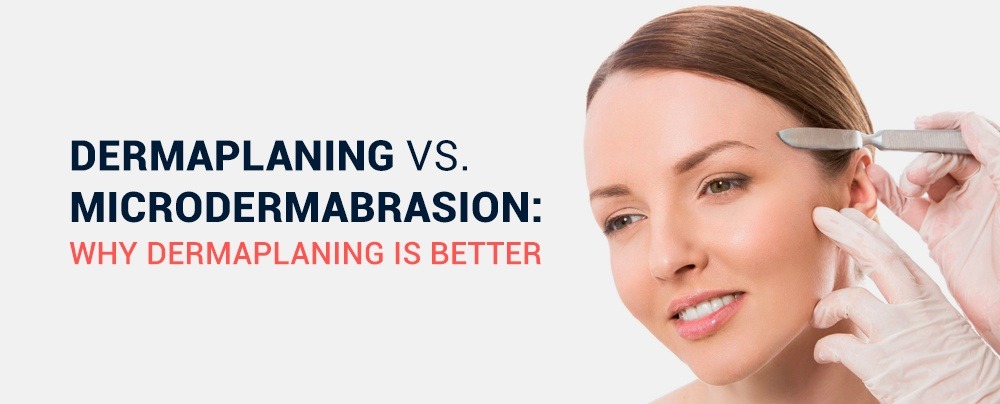In the quest for smooth, glowing skin, you might come across various skincare treatments promising to rejuvenate your complexion. Two popular options gaining traction in the beauty world are dermaplaning and microdermabrasion. While both aim to exfoliate the skin and improve its appearance. Besides this, they differ in techniques, results, and suitability for different skin types. Let’s delve into the details to help you decide which one suits your skincare needs better. Here you can get Dermaplaning vs. Microdermabrasion.
1. What is Dermaplaning?
Dermaplaning is a non-invasive cosmetic procedure that involves using a surgical scalpel to gently scrape off the top layer of dead skin cells along with vellus hair, commonly known as peach fuzz. This treatment leaves the skin smoother and brighter, enhancing the effectiveness of skincare products and makeup applications.
The procedure begins with cleansing the skin thoroughly. Then, a sterile blade is used to make swift, upward strokes across the face. It’s painless and often likened to the sensation of shaving. Dermaplaning is celebrated for its immediate results, including softer skin, reduced appearance of fine lines, and a more even skin tone.

2. What is Microdermabrasion?
Microdermabrasion is another exfoliating procedure aimed at removing dead skin cells to reveal fresher, younger-looking skin underneath. Unlike dermaplaning, which uses a blade, microdermabrasion employs a handheld device that sprays tiny crystals onto the skin surface while simultaneously vacuuming them up along with the loosened skin cells.
During the treatment, the abrasive action of the crystals and suction help to unclog pores, diminish fine lines, and improve overall skin texture. Microdermabrasion is suitable for addressing a variety of skin concerns, including acne scars, sun damage, and hyperpigmentation.

Dermaplaning vs. Microdermabrasion
| Aspect | Dermaplaning | Microdermabrasion |
|---|---|---|
| Procedure | Manual exfoliation using a surgical blade | Mechanical exfoliation using a device |
| Benefits | Removes vellus hair and dead skin cells | Improves skin texture and tone |
| Suitability | Suitable for most skin types | Suitable for dull, rough skin |
| Results | Instantaneous glow and smoothness | Immediate improvement in skin appearance |
| Differences | Uses a surgical blade for exfoliation | Utilizes abrasive crystals or diamond tip |
| Safety | Requires skilled professional | Potential risk of skin irritation |
| Cost | Moderate to high cost | Moderate cost |
| Duration | Typically 30-45 minutes | Usually 30-60 minutes |
| Aftercare | Minimal downtime, sunscreen recommended | Avoid sun exposure, hydrate skin |
| Side Effects | Risk of cuts, redness, or irritation | Temporary redness or sensitivity |
| Maintenance | Regular touch-ups recommended | Periodic treatments for best results |
| Long-term Effects | Stimulates collagen production | Enhances skin elasticity and firmness |
Conclusion
In the debate of dermaplaning vs. microdermabrasion, both procedures offer unique benefits and cater to different skin concerns. Dermaplaning excels in providing immediate smoothness and glow, making it suitable for most skin types. On the other hand, microdermabrasion is favored for its ability to refine skin texture and address dullness. Ultimately, the choice between the two depends on individual skin needs and preferences.
FAQs
- What is the main difference between dermaplaning and microdermabrasion?
- Dermaplaning involves manual exfoliation using a surgical blade, while microdermabrasion utilizes mechanical exfoliation with abrasive crystals or a diamond tip device.
- Can dermaplaning and microdermabrasion be performed on sensitive skin?
- Both procedures can be adapted for sensitive skin, but it’s essential to consult with a skincare professional to determine suitability and minimize risks.
- Is one treatment more effective than the other for acne scars?
- Microdermabrasion may be more effective for treating superficial acne scars while dermaplaning focuses on removing dead skin cells and vellus hair.
- Are there any age restrictions for dermaplaning or microdermabrasion?
- Generally, there are no age restrictions for either treatment, but individual skin conditions and concerns should be taken into account.
- Can I undergo both dermaplaning and microdermabrasion in the same session?
- It’s not typically recommended to undergo both procedures simultaneously as they both involve exfoliation, which could lead to irritation or over-exfoliation.
